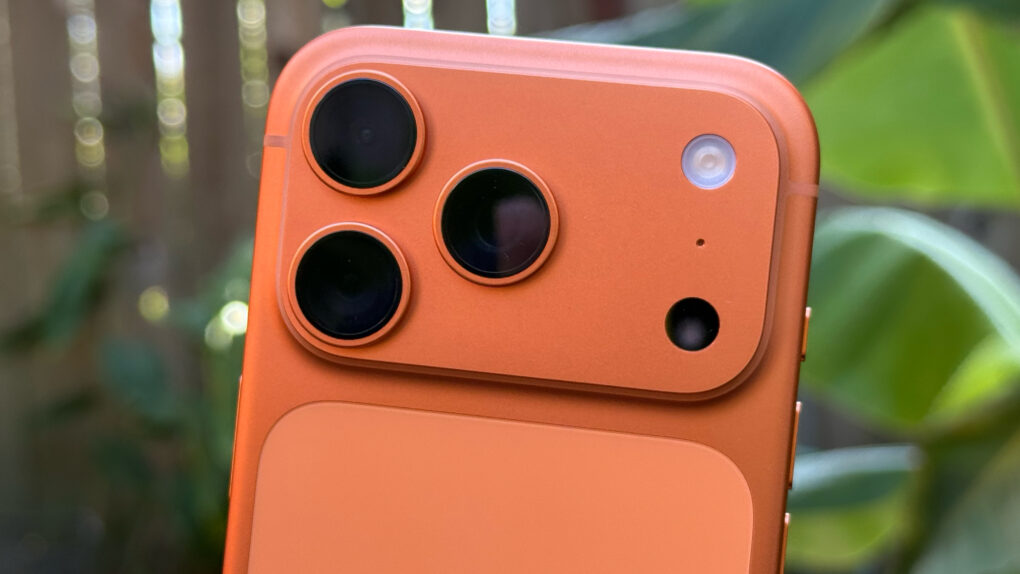In its iPhone 17 teardown, the iFixit team provides a detailed explanation of why the iPhone 17 Pro scratches so easily. They brought in a materials scientist to get to the heart of what’s causing Scratchgate — and explain how Apple might have avoided the problem.
A technical explanation for the iPhone 17 Pro’s Scratchgate
Previous iPhones used an entirely glass back. But with the iPhone 17 Pro series, Apple switched to a mix of aluminium and glass. The bottom half uses Ceramic Shield glass, which offers up to 3x better scratch resistance than its predecessor. And it lives up to that claim, according to iFixit.
However, as soon as the iPhone 17 launched last week, people reported that its glass-and-aluminium back scratches too easily. Demo units in Apple Stores already show scuffed-up backs.
The problem lies with the new aluminum chassis. More specifically, it’s the anodized layer Apple uses to achieve that bright orange finish.
With the help of materials scientist David Niebuhr, who teaches mechanical engineering at California Polytechnic State University, the iFixit team got to the bottom of the problem during its iPhone 17 Pro teardown. Using a level 4 pick, the team could only produce shallow, surface-level scratches on the iPhone 17 Pro’s back. The aluminum underneath remained safe.
But the edges of the iPhone 17’s camera plateau weren’t as resistant to scratches. In iFixit’s testing, they “flaked badly.” According to Niebuhr, this damage is called “spalling.”

Photo: iFixit
The camera plateau’s sharp edges make the problem worse
So, why did the iPhone 17 Pro’s Scratchgate problem happen? Niebuhr explains that the sharp edges of the camera bump don’t hold the anodization layer as firmly as the rest of the phone.
“Even if the oxide layer were made thicker to shore up the edge, the result would be the same or worse,” he said. “Thin oxide layers can deform with their substrate to a small degree. A thicker oxide would be more prone to spalling and removing even more substrate when it fractured.”
When the anodized layer breaks at the edges of the camera plateau, it reveals the aluminium underneath. This makes the scratches quite visible.
Niebuhr thinks Apple could have avoided the entire Scratchgate problem by adding a gradual curve to the camera plateau’s edges. Sharp corners are prone to such problems.
If you want to keep your iPhone 17 Pro’s camera plateau from scratching so easily, your best bet is to use one of the best iPhone 17 cases for added protection.


